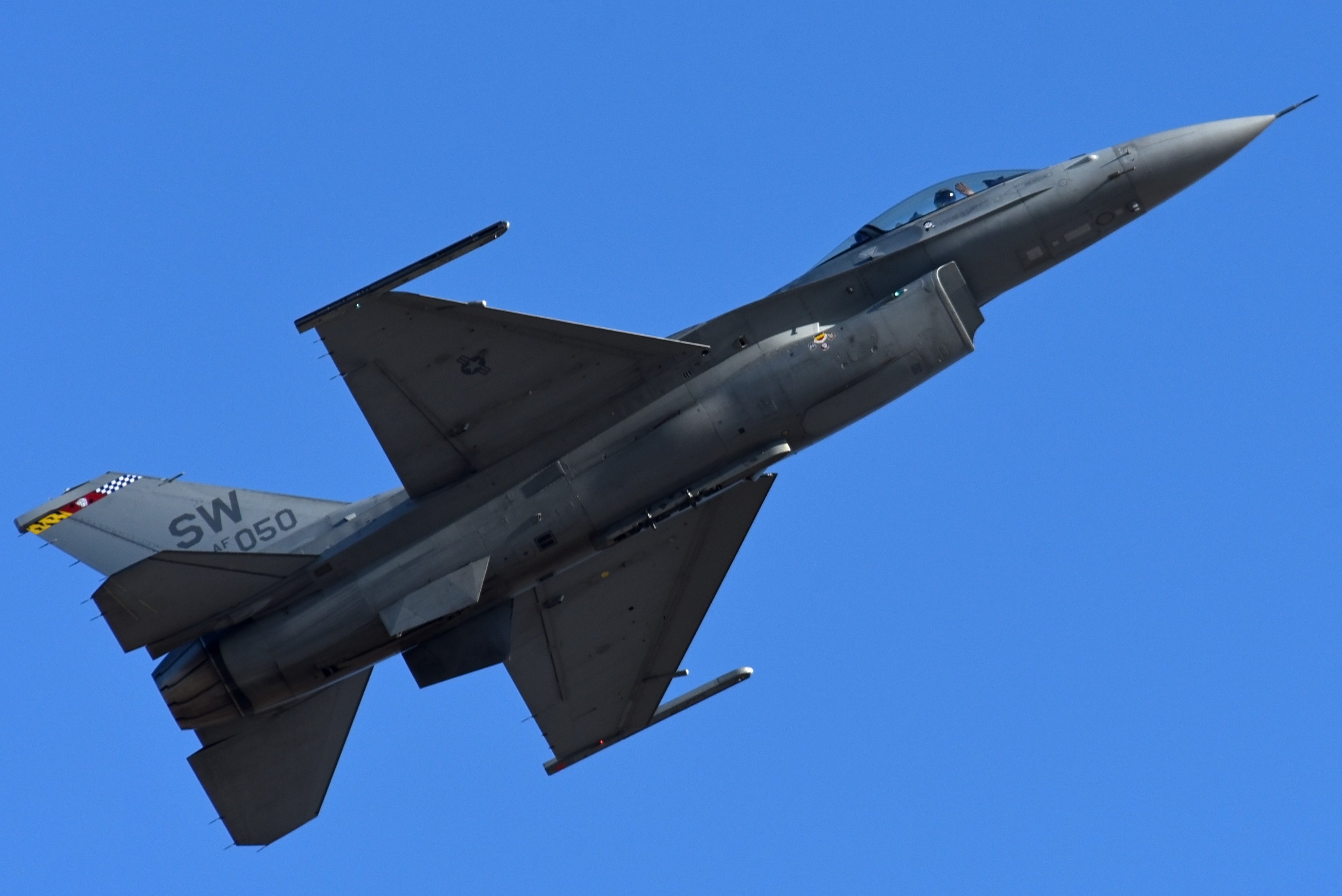The 9/11 mayhem was one of the deadliest terrorist attacks on American soil. On September 11, 2001, New York and Washington were going through an event like no other, and, to protect their homeland, the US military was forced to take an action like no other.
Russia Activates S-400, Pantsir-S Anti-Aircraft Missiles To Ward-Off Rafales, Typhoons, F-35s During Zapad 2021 War Games
Upon identifying that an airborne threat, the Boeing plane called Flight 93, was headed for the Capitol in Washington D.C., the Air Force took a drastic decision. This undertaking, involving the USAF’s F-16 fighter jets, was quite literally, suicidal.
Why was the F-16 chosen, and what was the mission?
The Fighting Falcon
Through its experience in the Vietnam War, the US realized that it needed more maneuverable fighters that can function at transonic speeds. This is where the F-16 finds its origins.
An order was placed in 1972 for a lightweight and cost-effective air-to-air fighter. The US Air Force took its first delivery in 1978.
The original jet was a day fighter, but current models are day/night, all-weather capable planes that are effective for ground attacks as well. The air-to-ground responsibilities transformed the first production F-16s into multi-role fighters.
The F-16 Fighting Falcon is 15 meters long and has a wingspan of 9.45 meters. It is powered by a single Pratt & Whitney or General Electric turbofan engine. With afterburning, this engine can generate 102-130 kilonewtons of thrust. Such force can accelerate the F-16 to more than twice the speed of sound.

Standard weaponry of the Fighting Falcon includes a 20-mm rotary cannon with attachments under the wings and fuselage. This accommodates a wide variety of missiles and bombs. With a typical combat load, the aircraft weighs around 10,000 kg. This is less than half the weight of the previous-generation F-4 Phantom II.
The F-16 is highly maneuverable and has proven itself in both air-to-air combat and air-to-surface attack. Moreover, the Fighting Falcon provides a relatively low-cost, high-performance weapon system for the US and its allies.
In an air combat role, the F-16’s maneuverability and combat radius are superior to all potential threat fighter aircraft. Not only can it locate targets in all weather conditions it can also identify low-flying aircraft in radar ground clutter.
In an air-to-surface role, this aircraft can travel more than 860 kilometers and shoot its weapons with superior accuracy. It is capable of defending itself against enemy aircraft and returning to the starting point. It is also able to accurately deliver ordnance during non-visual bombing conditions.
It has been sold to US allies in the Middle East, where it proved to be very effective in ground attacks and air-to-air combat in the Israeli-Syrian conflict of 1982 and in the Persian Gulf War of 1990–91.
The Fighting Falcon also beat the older F-35s in dogfights. It was quite the star in the USAF back in 2001 when the unfortunate attacks happened.
The Mission
Given that the F-16 was one of the strongest aircraft in possession of the US military then, it is no surprise that amid the confusion that ensued right after the World Trade Centre was hit on September 11, this fighter was chosen for a special mission.
The United Airlines Flight 93 had not hit its target – the Capitol building in Washington. DC Air National Guard (part of USAF) pilots, Lt. Heather “Lucky” Penney and Col. Marc “Sass” Sasseville got into the Fighting Falcons within little to no time at all.
However, every F-16 on the tarmac was equipped with dummy rounds and fake munitions. They were meant to mimic real ordnance for training. None were armed and it would take at least an hour to get the real ammunition in. Mounting missiles on the aircraft’s hardpoints was not a quick task.
The two pilots decided to fly the fighters without any munitions. Their plan was to locate United 93 and ram the fighter into perhaps the cockpit or the wing to prevent it from reaching its destination and causing destruction on yet another site in the country’s capital.
They would have a mere couple of seconds, or perhaps lesser, to eject themselves from the plane to save their lives. It was, in essence, a suicide mission to counter a suicide attack.
However, the passengers of the hijacked Boeing 93 flight got into a tussle with the terrorists holding them hostage, tried to take back control, and eventually, the plane ended up crashing in Somerset County, Pennsylvania.
The F-16s and their pilots never had to be heroes of this story, because that afternoon, the passengers breathed their last while saving the day.